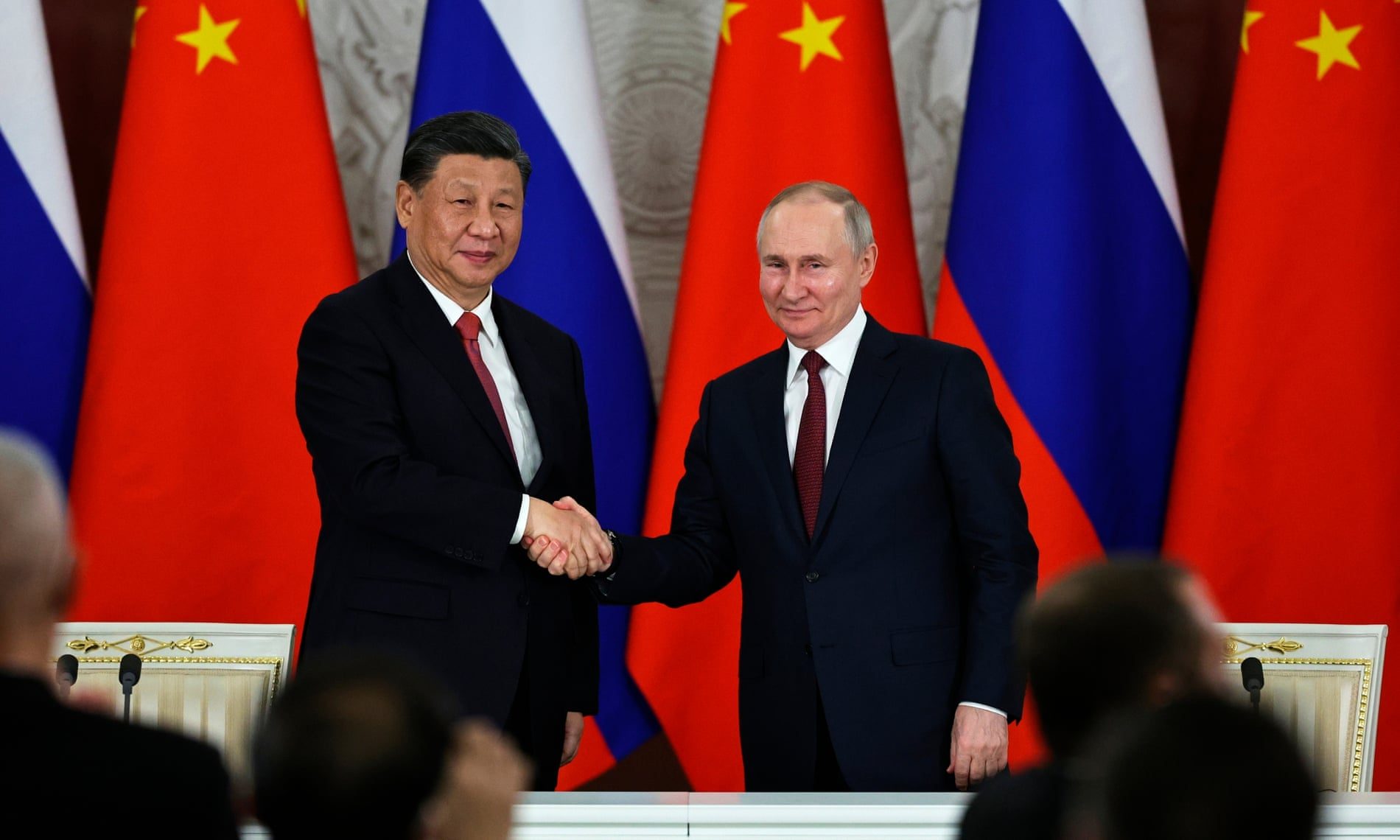Peace in Russian: Discovering Mir

Introduction
The idea of peace, defined as the shortfall of contention and the presence of agreement, is all around appreciated. Nonetheless, the specific interpretation and importance can fluctuate from one culture to another. In Russian, peace is implied by “Мир” (Mir). The profundity of this word and its significance in Russian culture shapes the premise of our investigation.
The Linguistic Angle: The Meaning of Mir
In the Russian language, “Мир” conveys a double meaning. It means both ‘world’ and ‘peace’. This linguistic characteristic mirrors the interconnectedness of peace and the world in the Russian mindset. It hints at the possibility that an agreeable world is a peaceful world.
Authentic Setting: Peace in Russian History
Russia’s set of experiences has been set apart by times of intense clash and significant peace. From the rules of different Tsars, through the wild times of upheaval, socialism, and into the cutting edge age, the quest for ‘Mir’ has remained a focal topic. The longing for peace has frequently been a driving power behind cultural and political changes.
Peace in Russian Writing
Russian writing, eminent for its profundity and insight into the Human condition, every now and again investigates the idea of peace. From Tolstoy’s “War and Peace” to Pasternak’s “Primary care physician Zhivago”, the quest for individual and cultural peace is a recurring subject. It gives an extraordinary focal point through which to figure out the Russian viewpoint on peace.
The Job of Religion: Universal Christianity and Peace
The Russian Universal Church, a huge influence in the nation’s set of experiences and culture, advances peace as a divine uprightness. The teachings of the congregation stress the possibility of inner peace, pardoning, and love for one’s neighbor.
Peace Images in Russian Culture
Russia has a rich cluster of images representing peace. The white bird is a widespread image, likewise tracked down in Russian culture. Moreover, the V-sign, made famous during the twentieth 100 years, is perceived as a peace sign in Russia as in different nations.
Peace in Russian: A Sociopolitical Viewpoint
The thought of ‘Mir’ likewise pervades Russian social and political talk. It reflects in Russia’s international strategy, peacekeeping missions, and support in international deals. The idea of ‘peaceful concurrence’, for instance, was a foundation of Soviet international strategy during the Virus War.
Peace Training in Russia
Peace training in Russia is an endeavor to instill the upsides of peace and resilience in more youthful ages. It includes the investigation of basic liberties, compromise, and intercultural understanding. It’s a demonstration of the significance of ‘Mir’ in shaping the fate of the country.
demonstration of the force of language and culture in shaping our understanding of essential human qualities.Craftsmanship and music are instrumental in promoting the idea of peace in Russian culture. From conventional society tunes to present day mainstream society, messages of peace and solidarity are predominant. Craftsmen like Kandinsky and Chagall utilized their specialty to
The Job of Craftsmanship and Music in Promoting Peace
Craftsmanship and music are instrumental in promoting the idea of peace in Russian culture. From conventional society tunes to present day mainstream society, messages of peace and solidarity are predominant. Craftsmen like Kandinsky and Chagall utilized their specialty to advance peace, and performers like Shostakovich made music as a supplication for peace.
Conclusion
Understanding ‘Mir’, or peace in Russian, offers an exceptional insight into the nation’s way of life, history, and cultural standards. It’s not simply a word but rather a way of thinking that has formed and continues to shape the Russian perspective. It’s a demonstration of the interconnectedness of peace and the world, and a reminder that a peaceful world is an amicable world.
In aggregate, ‘Mir’ embodies the Russian soul and their viewpoint on peace and the world. It is a demonstration of the force of language and culture in shaping our understanding of essential human qualities.



